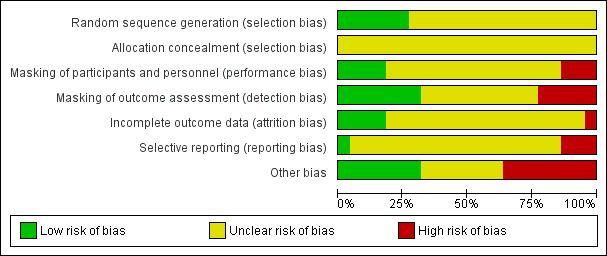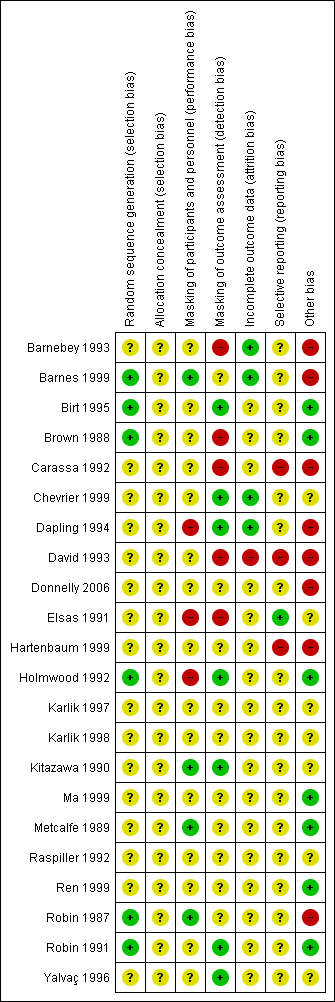Contenido relacionado
Revisiones y protocolos relacionados
Manuele Michelessi, Kristina B Lindsley | 12 febrero 2016
Clemens Vass, Cornelia Hirn, Thomas Sycha, Oliver Findl, Stefan Sacu, Peter Bauer, Leopold Schmetterer | 17 octubre 2007
Christiane R Rolim-de-Moura, Augusto Paranhos Jr, Mohamed Loutfi, David Burton, Richard Wormald, Jennifer R Evans | 9 agosto 2022
Dayse F Sena, Kristina Lindsley | 25 enero 2017
Thomas Sycha, Clemens Vass, Oliver Findl, Peter Bauer, Ilse Groke, Leopold Schmetterer, Hans‐Georg Eichler | 17 febrero 2010
Jin‐Wei Cheng, Shi‐Wei Cheng, Rui‐Li Wei, Guo‐Cai Lu | 15 enero 2016
Meghal Gagrani, Itika Garg, Deepta Ghate | 27 agosto 2020
Emily Cabourne, Jonathan CK Clarke, Patricio G Schlottmann, Jennifer R Evans | 6 noviembre 2015
Jennifer Burr, Augusto Azuara‐Blanco, Alison Avenell, Anja Tuulonen | 12 septiembre 2012
Emily W Gower, Kristina Lindsley, Samantha E Tulenko, Afshan A Nanji, Ilya Leyngold, Peter J McDonnell | 13 febrero 2017
Respuestas clínicas Cochrane
Jane Burch, Asaf Achiron | 2 octubre 2017























